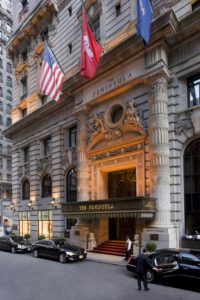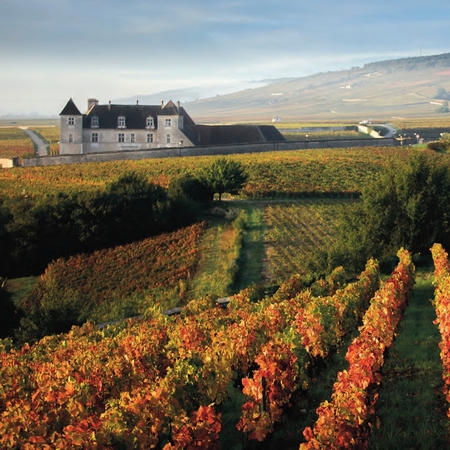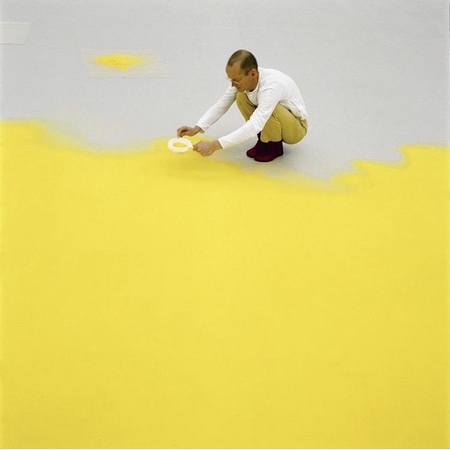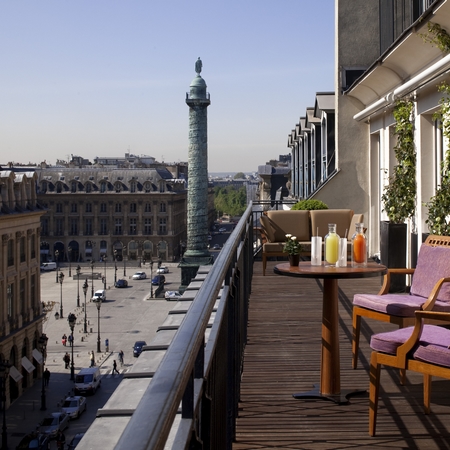“The future is built on the past, and we have a great legacy there.” Confesse Sir Robert Kadoorie.
The Peninsula hotel chain is the oldest and most iconic chain of luxury hotels in Asia, a chain that has, over the years, been able to preserve a number of traditions in all its hotels. Although each hotel is unique and has its own special character, they all share a number of elements representative of the Peninsula style, such as the grooms, the lobbies, the famous afternoon teas, and the Rolls-Royces. There are now ten hotels in the chain, each a multiple prize-winner, in Hong Kong, Shanghai, Tokyo, Beijing, New York, Chicago, Beverly Hills, Bangkok, Manila, and Paris. To gain a clearer understanding of the philosophy of this unusual chain, we need to go back into the past, into a history almost as old as that of the city of Hong Kong.
In 1880, two brothers from Baghdad, Ellis and Elly Kadoorie, arrive in Shanghai and lay the foundations for their family business. After some years of trading, they invest in the Hong Kong Hotel Company Limited, the first luxury hotel company in China. Meanwhile, in Shanghai, the Shanghai Hotel Company buys the Central Hotel, intending to turn it into the largest and most modern hotel in China. It opens its doors in 1909, under the name Palace Hotel. The company subsequently buys the Astor House Hotel, the Kalee Hotel, and the Majestic Hotel in 1924. Famous for glamour, refinement and mystery, Shanghai in the 1920s and 1930s is a thoroughly cosmopolitan city, modern in design and with a style all its own. These four hotels quickly become iconic and highly sought-after, frequented by all the major film stars of the day, as well as politicians and others from the ranks of the rich and famous. They also introduce afternoon tea, dinner dances, and European style grills to the Chinese. The Hong Kong Hotel Company, under the direction of Sir Elly and Sir Ellis Kadoorie, buys 85% share in the Shanghai Hotel Company in May 1922. The companies merge in October 1923 to form Hongkong and Shanghai Hotels, Limited (HSH), the mother company of what will become Peninsula Hotels. In Hong Kong the new company buys the Repulse Bay Hotel and the Peak Hotel, precursors of the chain’s newest projects, including one of the most legendary hotels in the world, The Peninsula Hong Kong, in 1928.
Birth of a great lady: The Peninsula Hong Kong
The men for whom architects drew up plans at the beginning of the 1920s for “the finest hotel east of Suez” were visionaries whose daring was driven by their belief in the future of Hong Kong. The immediate success of the Peninsula Hong Kong, which opened on December 11, 1928, proved them right: they had sown on fertile soil! Over time, the Peninsula Hong Kong has played its part in the history of the city, witnessing both its spectacular progress and the upheavals of war and military occupation, and has always been able to meet new challenges and the needs of the demanding international traveller. As the years have passed, it has maintained its standards in a city that has preserved precious vestiges of its past traditions. Its famous lobby has been crossed by stars of stage and screen, famous writers and musicians, and major political figures. In Hong Kong, it is known as “the Pen”, a name by which it is now also known throughout the world. The Pen’s innovations have made an indelible impression on Hong Kong and the whole of Asia: the Peninsula groom has become a genuine symbol, and afternoon tea, tea dances and Hong Kong’s first buffets and discothèques are part of the hotel’s DNA. Not to mention the largest orders for Rolls-Royces in the world: Peninsula Hotels and Rolls-Royce have been partners for nearly 45 years! An incomparable partnership that began with a first order for seven Silver Shadows in 1970 for The Peninsula Hong Kong. In 1994 an extension was added to the hotel: the 29-floor Peninsula Tower – there were only six floors before – which offers guests a larger number of room and suites with breathtaking views of the bay, as well as a swimming pool, a spa, a heliport and a rooftop restaurant designed by Philippe Starck.
The expansion of the chain
The last thirty years of the twentieth century were marked by the growth and expansion of Peninsula Hotels into Asia and the United States. The chain now has a hotel in every major international tourist destination. Always innovative, located in the hearts of the various cities and connected to their most important features, the hotels “perpetuate the tradition of the chain”. This philosophy does not focus on the running of the hotels, but on the investment made in each hotel in order to ensure its long term prospects and make it unique. The Peninsula Manila, built in 1976 to coincide with the meeting of the International Monetary Fund in Manila, has a special place in the development of Peninsula Hotels. It was the first of the hotels to bear the name Peninsula after the one in Hong Kong. It was also the first computerised hotel in the Philippines, which completely revolutionised the local hotel scene. The Peninsula Manila also played its part in the history of the city, withstanding political upheaval and celebrating the transformation of the central business district of Makati as a symbol of the vision and evolution of a nation. In 1978, the HSH group’s Jianguo Hotel in Beijing was the first joint hotel venture in China, followed by the Garden Hotel in Guangzhou in 1984. The Palace Hotel in Beijing opened in 1989 and was renamed the Peninsula Beijing in 2006. In 1988 the HSH group entered the North American market with the purchase of a historic preserved building dating from 1905, the former Gotham Hotel in New York, located at the corner of 55th Street and Fifth Avenue, in the heart of Manhattan. The pride of the chain, the Peninsula New York was the first of its hotels to open in North America. The Peninsula Beverly Hills saw the light of day in 1991, and soon established itself, not only as the essential meeting point for Californian high society, including members of the film industry, but also as the leader in the hotel business and one of the most admired hotels in Los Angeles. Because 9 is considered a lucky number by the Thais, the date and time of the opening of the Peninsula Bangkok was fixed for 19 November 1998 at 9.09! The inauguration was celebrated with a traditional Chinese lion dance and a blessing at the main entrance. Whether it is in the view over the Chao Phraya, enjoyed from all the rooms, or in the superb works of art decorating the public areas, the hotel symbolises Thai-style elegance and refinement. The latest of the chain in the United States, the Peninsula Chicago opened on June 1, 2001, promising to raise the bar for luxury hotels. Boasting the most spacious rooms and suites in the city, the hotel occupies a particularly prized site, close to the Chicago Water Tower in the heart of the Magnificent Mile. The Peninsula Tokyo, opened on September 1, 2007, was the first hotel in Tokyo in ten years to be opened in a free-standing building. It has an unrestricted view of the Imperial Palace and Hibiya Park. Formerly part of the British Consulate, the Peninsula Shanghai now stands at No 32 The Bund, surrounded by its famous European-style neighbours in Shanghai’s former international concession, on the west bank of the Huangpu. The first new building in this historic quarter for more than sixty years, the Peninsula Shanghai, which opened in October 2009, takes it inspiration, in both appearance and atmosphere, from the golden age of glamour, in tribute to the “Paris of the Orient”, all sublimated by cutting-edge technology. And finally, in 2014, after more than three years’ renovation work The Peninsula Paris at last opened its doors. A further expansion of the chain is planned, with the building of a hotel in London. This chain, so special in its style and philosophy, cannot help but impress any visitor crossing one of its famous lobbies. As Sir Robert Kadoorie put it: “The future is built on the past, and we have a great legacy there.” Today, the Kadoorie family is still at the head of the company, which has become one of the most prestigious luxury hotel chains in the world.
Patricia Courcoux Lepic





